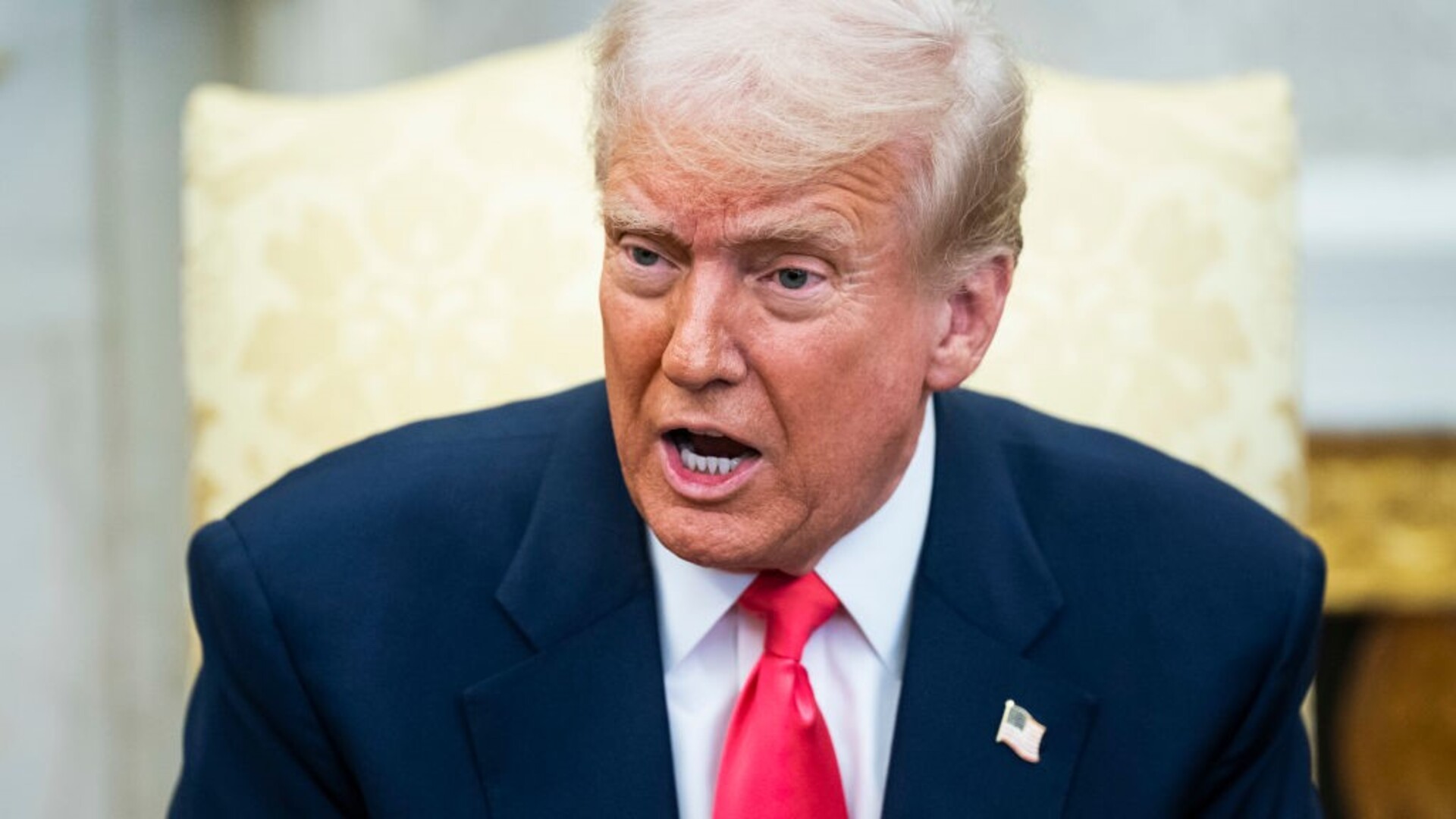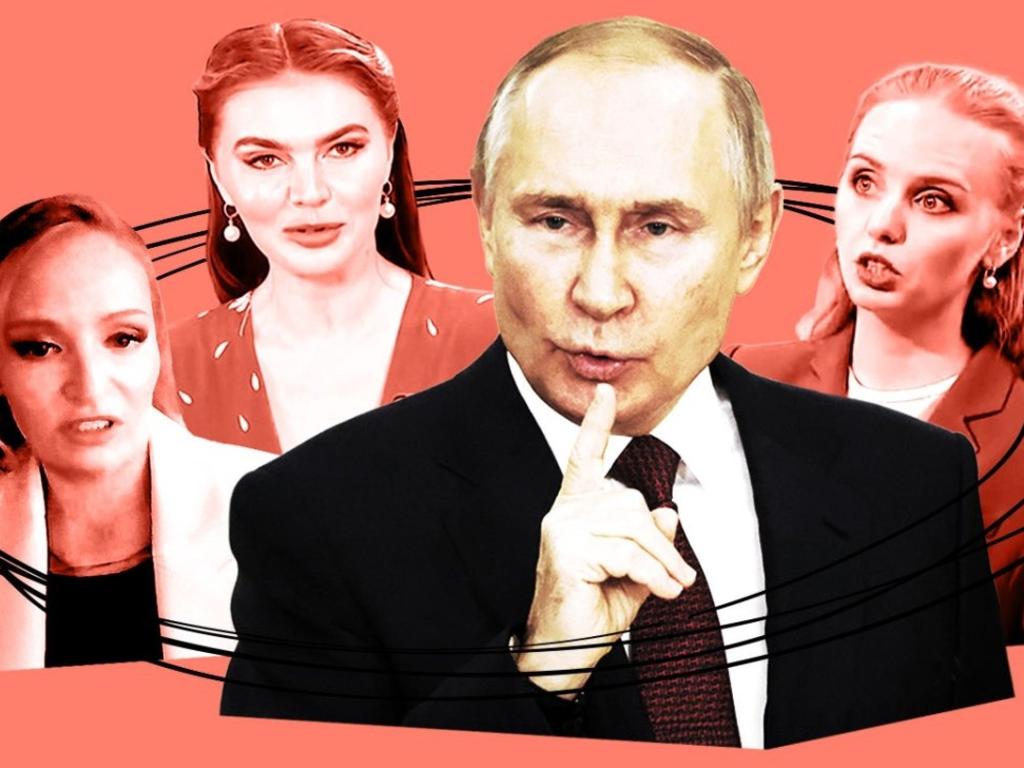The fight for Kursk now comes down to a small stretch of road
As Russian forces in Kursk close in and supply routes collapse, Ukraine’s northern offensive faces a critical test – was it a strategic success or a costly gamble?

On the northern front, the fate of hundreds of Ukrainian soldiers hinges on three characters: H07. This is the highway that snakes north from the city of Sumy, past small churches, a river and forested hills, towards the town of Sudzha in Russia’s Kursk region – a distance of scarcely 45km as the crow flies.
“The biggest problem now is the cutting off of the supply route around Yunakivka,” a Ukrainian soldier in the Sumy region said of the northern section of the H07 as it reaches the border. “Russians control this road on our territory with drones and we can’t move troops and supplies towards Kursk.”
As Russia’s lines move closer, Ukrainian forces trying to resupply or retreat face a cat-and-mouse race against drones that are now in range.
The ministry of defence in Moscow on Thursday claimed its soldiers had retaken Sudzha, the largest town in Kursk to be occupied by Kyiv, after a week of advances that has seen Ukraine lose its foothold in the Russian region.

Russian president Vladimir Putin, in a joint press conference with Alexander Lukashenko, the Belarusian leader, said soon there would be only two ways for Ukrainian forces to leave Kursk – “surrender or die”.
Oleksandr Syrsky, the head of Ukraine’s armed forces, who oversaw much of the Kursk offensive, said on Wednesday that his “priority was and remains to save the lives of Ukrainian soldiers”.
This followed reports that some of Kyiv’s most battle-hardened brigades had already withdrawn. Pro-Kremlin military bloggers posted videos of themselves driving around Sudzha. “That was quick,” one says.
Other posts were more sinister. “In liberated villages, evidence of the war crimes of the Ukrainian armed forces have been found,” a blogger on the WarGonzo channel said. The video included an interview with a Russian soldier who alleged without evidence that Ukrainians carried out torture and the extrajudicial killings of civilians.

By the evening, Putin was repeating similar claims that Ukraine had “committed a mass of crimes against peaceful citizens” as he explained why a 30-day truce was not in Russia’s interests.
Kyiv’s battle in the north is no longer limited to within Kursk. Andriy Demchenko, Ukraine’s border force spokesman, said small Russian assault troops were “trying to approach and cross our border”. The focus is around the village of Novenke, north of the H07, where yesterday (Thursday) eight other border villages were ordered to be evacuated.

In Sumy there is calm. On the main square outside the Schepkin Theatre a girl plays with a white dog wearing a pink ribbon. But being so close to Russia has brought its challenges: people here live under constant threat of glide bombs, drones and ballistic missiles.
The Kursk offensive gave the city some respite.
“We were able to push this border back a little bit and feel a little bit safer,” said Vladislav Pisarev, 30, a director at the theatre.
“But this story is starting again. We all remember what happened in Bucha ... we know what to expect from the Russian soldier.”

The rapid Russian assault and the retreat of Ukrainian forces in Kursk have left some in Kyiv assessing whether the seven-month operation could be considered a success.
A lieutenant in the Sumy region said: “When soldiers ask what it was all for, I tell them that if we hadn’t taken this part of the Kursk region, the Russians would be in the Sumy region. And it’s much better when their KABs [guided missiles] and drones fall on their own cities rather than on Ukrainian ones.”
But the withdrawal from an area that was seized partly to become a bargaining chip in ceasefire negotiations – when talks of a ceasefire are coming to a head – has perplexed some. Solomija Bobrovska, a member of the defence committee in Ukraine’s parliament, said: “I don’t want to believe that it can happen by accident but I also don’t want to believe, and I’m afraid to believe, that it can happen on purpose.”
Two factors made a marked difference. First, the temporary loss of US intelligence-sharing that rendered blind some aerial drones that helped to keep Russian units at a distance. And second, the North Korean forces.

“The North Korean brigades showed themselves to be very strong,” Bobrovska said. “All these legends that were spread about them not being good soldiers were fake. They are fearless.”
As the fate of the units fighting in Kursk remains uncertain, and the pressure on the exit route builds, many Ukrainians, like Bobrovska, still see the operation as a success that drew Russian forces away from their country.
But if men are lost or imprisoned in large numbers, questions may be asked of Syrsky, the man who oversaw the operation. Bobrovska said: “It was his idea, his plan, his leadership, his operation.”
As night fell in Sumy region, heavy rain clattered off roofs. Not far away, through the mistletoe-laden trees, an army is moving closer.
The Times






To join the conversation, please log in. Don't have an account? Register
Join the conversation, you are commenting as Logout